
This is a follow up to an earlier post on the relationship between the people living locally as a sub-tribe of the Votadini and the increasingly entrenched Roman control of the region.
Where Were They? The Absence of Roman Settlement in Tynemouth
In his recent book, Conquering the Ocean: The Roman Invasion of Britain, Richard Hingley, Professor of Archaeology at Durham University, confirms the basic theory contained in that post:
“To the east of Corbridge, there were several fords across the Tyne which would have made it possible for people living north of the frontier to cross into Roman lands by bypassing the Stanegate at its eastern end. The open character of the Tyne section of the frontier probably indicates that a treaty of friendship had been agreed with the people living to the north-east of Corbridge.
There is evidence of a parallel strategy in operation on the Danube frontier, where a Germanic people known as the Hermunduri were allowed to cross the river into Roman territory without hindrance to trade while the other Germanic peoples ‘see only our arms and our forts’. The Hermunduri must have been able to control the fords and river crossings spanning the Danube, regulating the movements of people travelling from their lands into the empire. Their provision of this security meant that Roman fortifications were not required. The absence of military infrastructure along the Tyne to the east of Corbridge suggests that a comparable treaty existed here, ensuring that an open frontier could be maintained. Any movement of people across the line of the Stanegate to the west, meanwhile, was closely supervised by the soldiers stationed at the forts.
[…] excavations on the low-lying Northumberland coastal plain, to the north-east of the Stanegate, have indicated a densely settled farming landscape. The substantial scale of these settlements suggests that these communities were capable of producing a considerable agricultural surplus, from which the Roman garrison was supplied. For example, one Iron Age settlement that has been extensively excavated was almost as large as a Roman auxiliary fort (fig. 6.8). The amount of labour involved in constructing the enclosures surrounding these settlements clearly illustrates that these Iron Age peoples were not the primitive barbarians depicted on Roman tombstones. Their long-established agricultural regimes required that peace and order be maintained.”
Reinforcing The Stanegate Under Trajan.
Hingley cites papers from Symonds (2020) and Hodgson (2012), which I’ll study in due course, although some of Hodgson’s ideas are touched on below. Hingley also acknowledges that there is a further fort east of Corbridge on the Stanegate line, at Washing Wells in Whickam, shown on the map above.
A People Friendly to Rome
The idea of relatively large scale farming and a long-established peaceful culture on the Northumberland coastal plain makes perfect sense. It is a fertile expanse with inlets, harbours and marine strongholds dotted along the coast from Lindisfarne to Tynemouth.
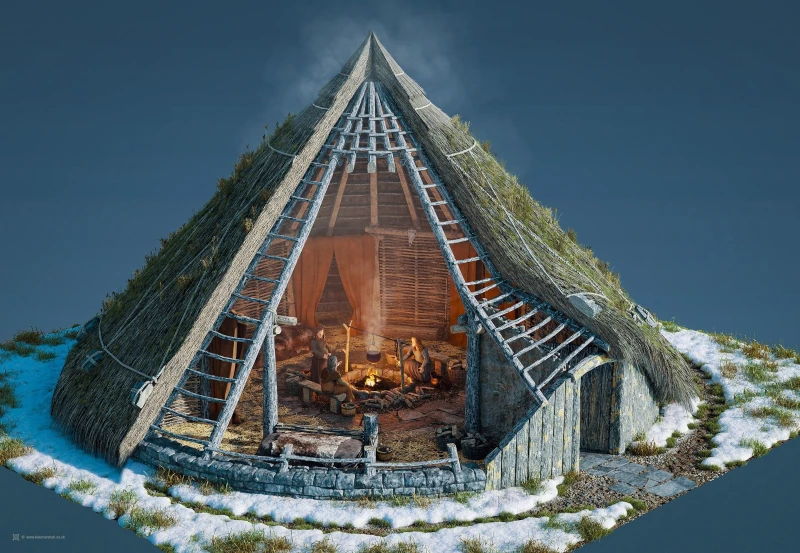
One example of a very old settlement is south of Craster at Howick, right to next to a Mesolithic site from 7600 BC which is the second oldest human house found in the country. At the nearby Iron Age enclosure, it is possible to discern the foundations of 3 roundhouses as well as 3 rectangular outer ditches. The settlement looks Iron Age but also it appears likely that the Romans later subsumed it, which was a fairly common practice.
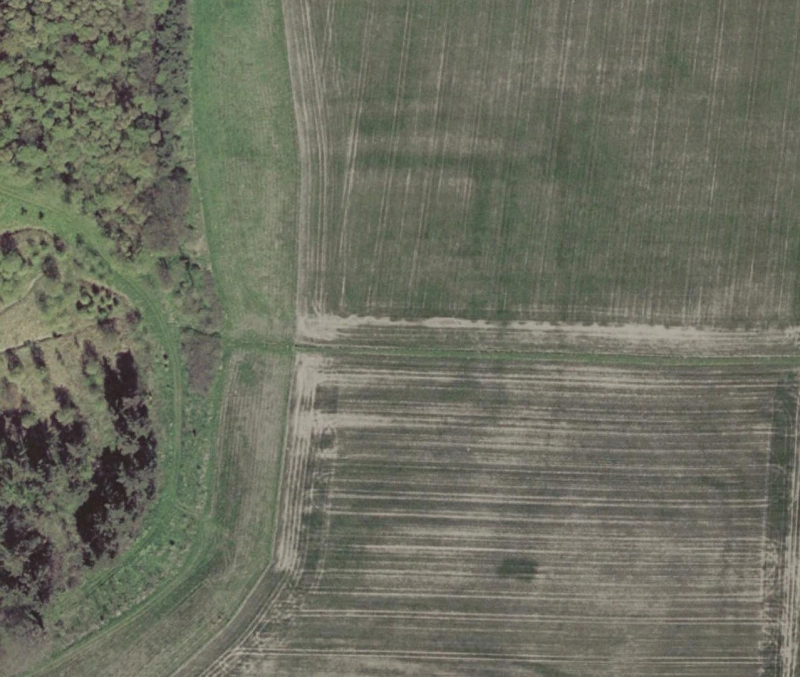
It’s argued by Nick Hodgson that the Devil’s Causeway road, which splits from Dere Street and runs right through Northumberland, was itself a boundary line separating pro-Roman treaty beneficiaries from the anti-Roman cattle herding groups in the wilder, hillier land to the west.
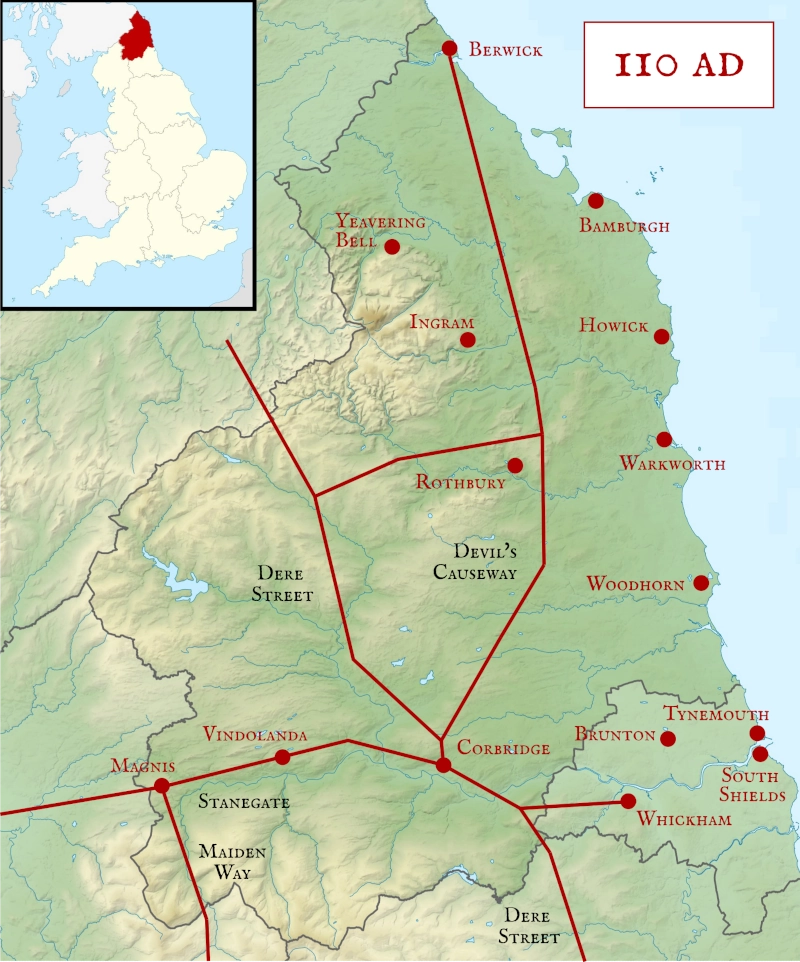
Another Iron Age series of settlements to the north of Newcastle around the Great Park and Brunton areas, has been discovered in excavations by Nick Hodgson. All of these communities east of the Devil’s Causeway, were undoubtedly linked and parties to any treaty.
Friendly kings in the rest of the country
In return for being left free by the Romans, they paid a hefty tribute in corn and probably supplied auxiliary soldiers. The Romans had been practising this kind of protection racket for a long time before reaching northern Britain. They had introduced luxuries like wine, olive oil and high quality tableware to the southern kings since the first Claudian invasion in AD 43, and some of these kings received citizenship, while their sons were educated at Rome, which also served to bind their fathers’ loyalty.
Where was Tynemouth in all of this?
The Votadini are strongly associated with the very north of Northumberland and south-eastern Scotland. We know from the capital and stronghold at Traprain Law in East Lothian, that the Votadini were friendly to Rome and imported Roman goods, while the Romans didn’t need to built any fortifications around there.
Traprain Law was a place of interaction and feasting between groups of Britons. But the Votadini were not a centralised tribe and their territory actually stretched far to the south, to the Tyne. I am convinced that being at such a relevant and strategic spot, Tynemouth was a key place for them and their relations with Rome, and that its importance has been lost to history.
The relative paucity of Roman finds at Tynemouth is replicated throughout the Iron Age bases on Northumberland’s coastal plain. Nevertheless, there have been finds in and around Tynemouth including the exceptionally fine samian bowl shown in the previous post. The full list of these, we’ll examine at a later date.
References
Thank you to Peter Crasterfarian Angus for highlighting the nuances of the territory and getting permission to view the Howick settlement.
Northumberland County Council: Historic Environment Record, No. 5671, Cushat Wood crop mark settlement.
Conquering the Ocean – Richard Hingley, OUP (2022)
The Iron Age on the Northumberland Coastal Plain: Excavations in Advance of Development 2002–2010 – N. Hodgson, J. McKelvey and W. Muncaster. TWM Archaeology/Arbeia Society (2012)
Listen to the audio for this post here:


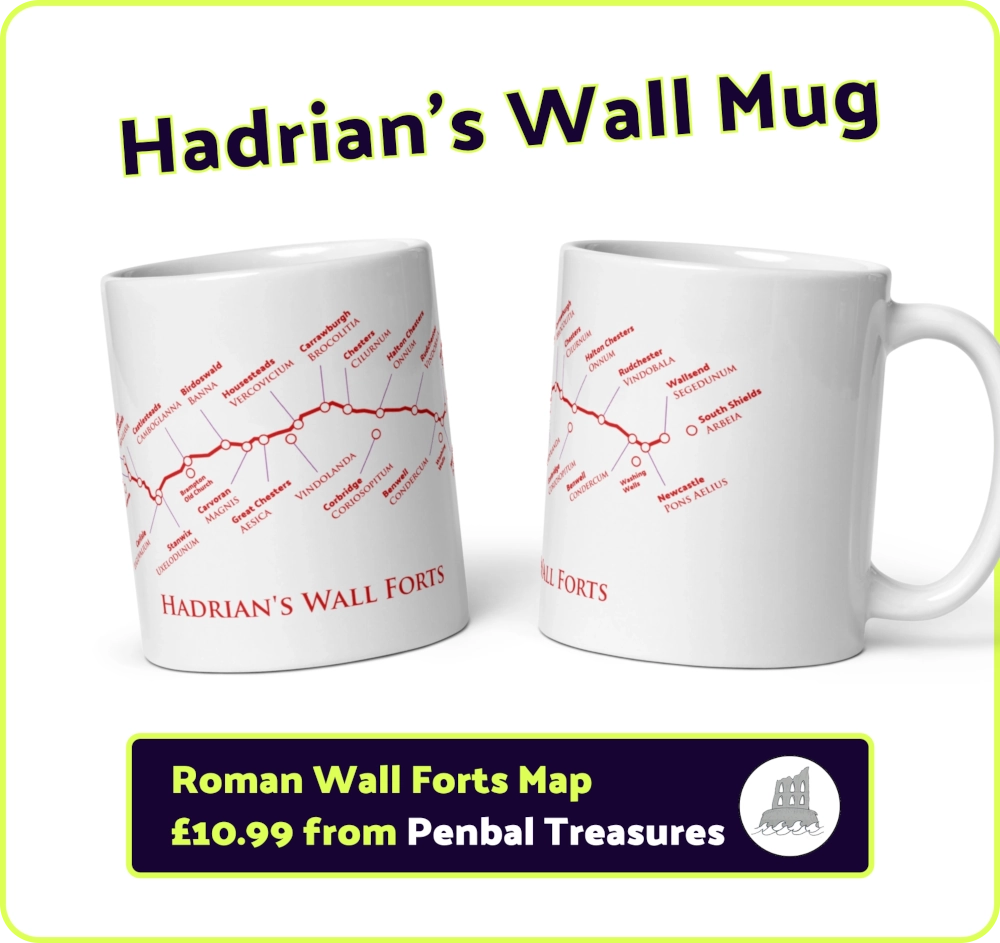
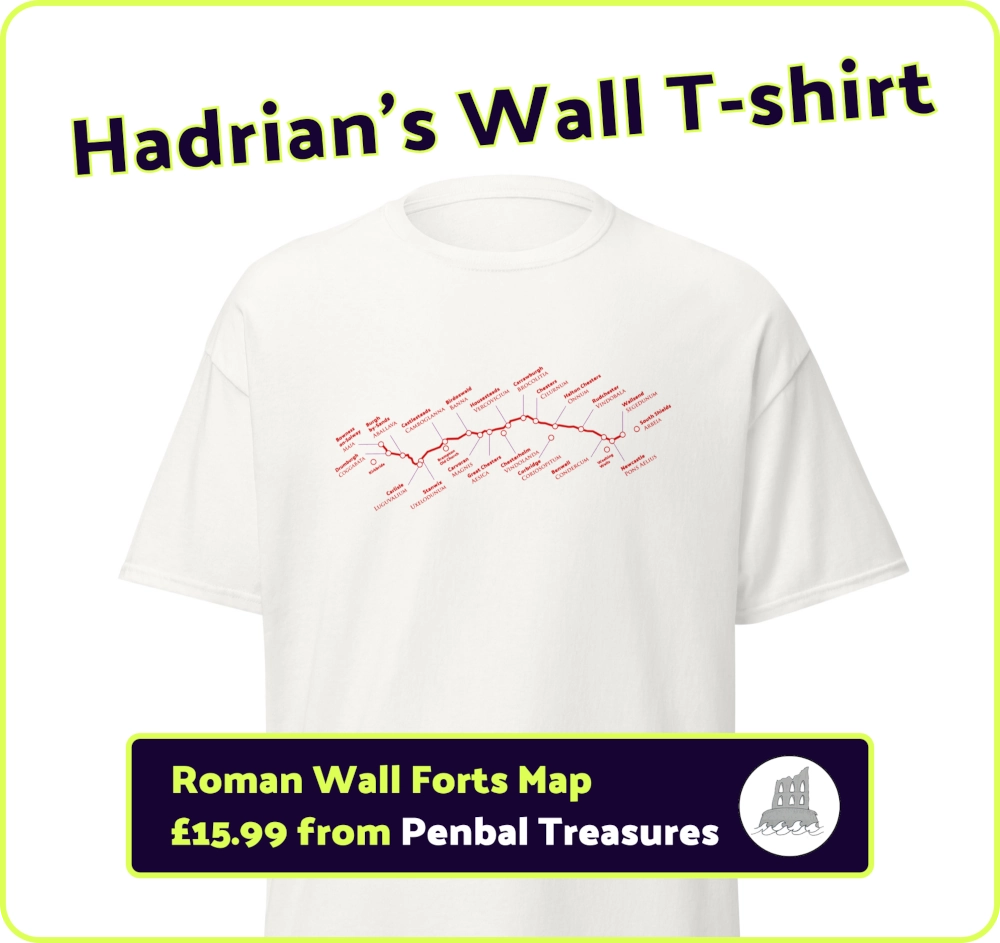

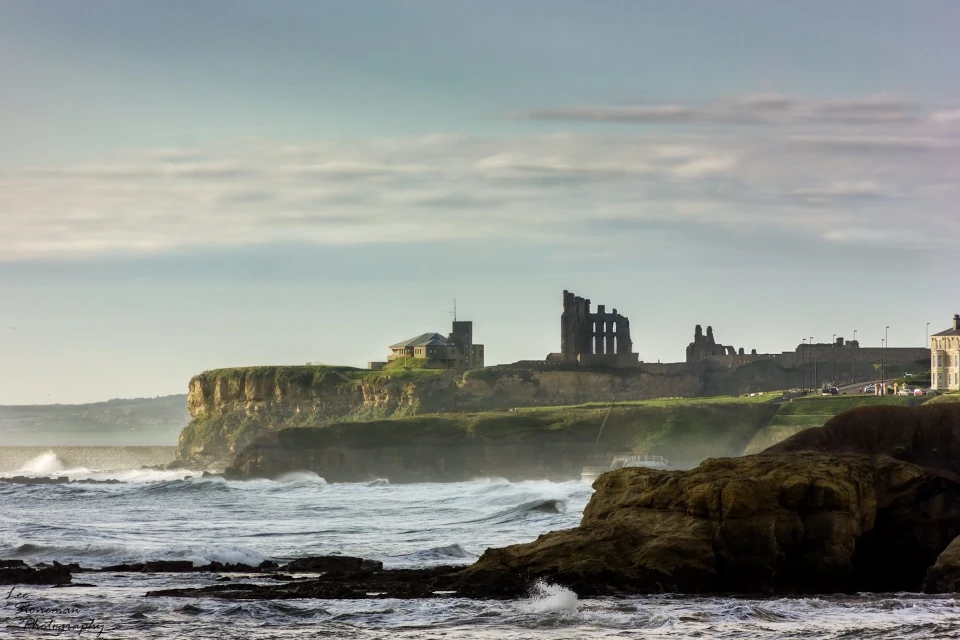

As a child in the early 1970s I found a large chunk of fine red Samian ware showing the rear quarters of a horse, my father was very interested in Roman history and he identified it for me! I’ve since had its antiquity verified by the archaeology department at Newcastle, University. We lived in a self-build bungalow on the Marden Estate located on Solway Avenue. According to my Dad there had been an excavation under taken by Sir Mortimer Wheeler on the site of what is now St. Mary’s R. C. Primary School, in the mid 50s,apperently he was investigating the remains of a Roman Villa. My Dad told me he had moved barrow loads of soil from that location in 1953-1954, to build up the topsoil in his front garden, the pottery shard may well have been transported by him from the Villa site, some 100 yards away. Have you heard of this Roman excavation on the Marden Estate before, not sure what they found but I suspect my Dad and his contemporary self – builders may have got there first!
This is an amazing comment Nigel. More and more evidence is evidence is emerging from Cullercoats. I need to do a full check on the archaelogical record. Seems to me there was definitely a farmstead at least. I went to St Mary’s primary school and I bet you I dug up bits of Roman pottery from the playing fields. If only I’d known! The location is absolutely prime. Highest point around, in sight of the sea and Penbalcrag, and it appears people have been living there since Neolithic times.
Nigel that sounds amazing, would be great to see a photo if you still have this. Thanks very much for sharing this information.